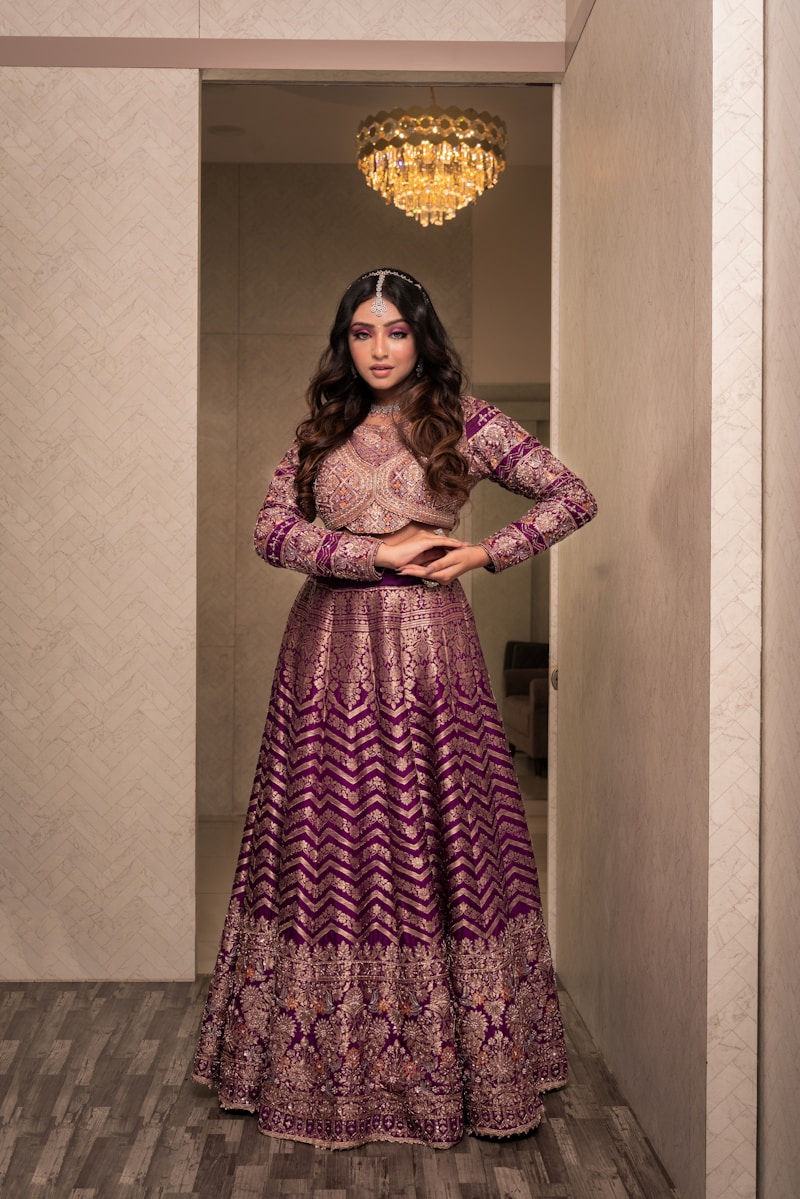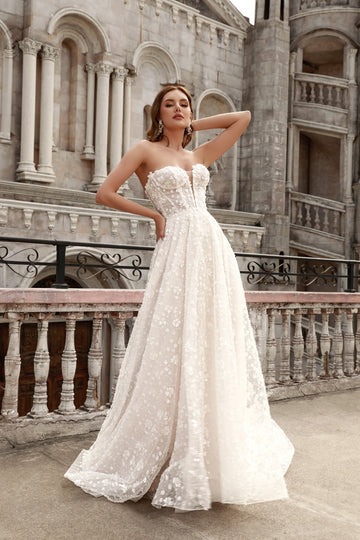Exploring Bridal Fashion and Cultural Representation: A Journey Through Wedding Attire
Exploring Bridal Fashion and Cultural Representation: A Journey Through Wedding Attire
When we think of bridal fashion, the mind often conjures up images of white gowns and elaborate veils. However, bridal fashion and cultural representation go far beyond these conventional symbols. From the traditional silk sarees of India to the intricate lace gowns of Western culture, every region has its unique take on what a bride should wear. This article delves into the diverse world of bridal fashion, exploring how cultural influences shape wedding attire across different societies.
The Significance of Bridal Fashion
Bridal fashion is not just about aesthetics; it encapsulates cultural beliefs, traditions, and societal norms. Each piece of attire tells a story, symbolizing a bride’s heritage and personal identity. In many cultures, the wedding gown is an embodiment of familial lineage and community values. For example, in many African cultures, bright and bold colors are prevalent in wedding dresses, reflecting joy and celebration.
Bridal Attire Around the World
Bridal fashion varies significantly around the globe. Let’s explore some distinct styles from different regions:
| Region | Bridal Attire | Symbolism |
| India | Saree or Lehenga | Rich colors symbolize prosperity and joy. The intricate embroidery often tells a story. |
| Japan | Kimono | Represents purity and elegance. The beauty of nature is reflected in the patterns. |
| Western cultures | Wedding gown | The traditional white dress signifies purity. The choice of dress often reflects personal style. |
| Africa | Traditional dresses | Bright colors and patterns signify celebration, heritage, and the importance of community. |
Bridal Fashion and Cultural Representation
Bridal fashion is a powerful medium for cultural representation. It provides a way for brides to honor their heritage and express their identity on one of the most important days of their lives. Additionally, these practices may be evolving with globalization as brides incorporate elements from various cultures into their attire.
Global Influences on Bridal Attire
The interconnectedness of cultures has influenced bridal fashion tremendously. Many brides today opt for fusion styles that merge traditional elements with contemporary designs. For example, an Indian bride might choose a stunning red lehenga but pair it with Western-style makeup and jewelry. This blend showcases the bride’s cosmopolitan identity while respecting her roots.
The Role of Designers in Cultural Representation
Designers play an essential role in the cultural representation of bridal fashion. They are tasked with the challenge of respecting traditional methods while adapting their designs for modern brides. Notable fashion designers such as Vera Wang and Sabyasachi Mukherjee have successfully carved niches in this domain, creating attire that resonates with brides while also embodying cultural nuances.
Promoting Inclusivity in Bridal Fashion
As society becomes increasingly diverse, the demand for inclusivity in bridal fashion is rising. Many designers are stepping up to ensure that brides from various backgrounds feel represented and celebrated through unique designs. This shift is vital as it allows for a wider expression of culture and personal identity, making bridal fashion a more inclusive space.
Embracing Cultural Elements: Accessories and Finishing Touches
Bridal attire is often complemented by various accessories that reflect cultural significance. These may include:
- Jewelry: Traditional jewelry, like the mangalsutra in Indian weddings, symbolizes marital commitment.
- Veils and Headpieces: Different cultures utilize veils and headpieces for aesthetic and symbolic purposes.
- Footwear: From ornate sandals to exquisite high heels, footwear is often an integral part of bridal fashion.
The Importance of Research in Cultural Representation
For brides looking to embrace elements from their heritage or other cultures, extensive research is vital. Understanding the significance of certain fabrics, colors, and styles can contribute to a deeper appreciation of one’s attire. Not only does this knowledge enrich the bridal experience, but it also fosters respect for the cultural practices surrounding weddings.
Conclusion: Bridging Tradition and Modernity in Bridal Fashion
In conclusion, bridal fashion and cultural representation serve as a reflection of our heritage and identity. As brides navigate the complexities of tradition and modernity, they have the power to create stunning narratives through their wedding attire. The growing emphasis on inclusivity and cultural sensitivity in the fashion industry is a positive step toward richer representation. When crafting your bridal look, consider the elements that resonate with you personally and how you can honor your heritage while embracing modern aesthetics.
Overall, bridal fashion is more than just attire; it is an art form that encapsulates love, identity, and unity. As you embark on this journey, remember to respect cultural symbols and practices while expressing your unique style. Happy wedding planning!
